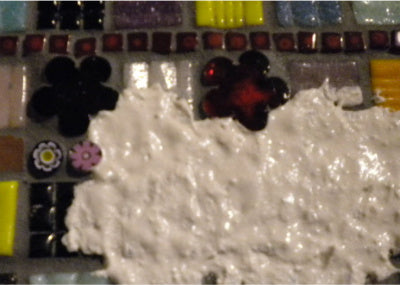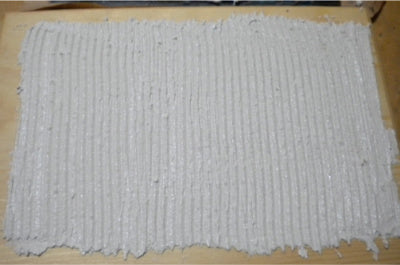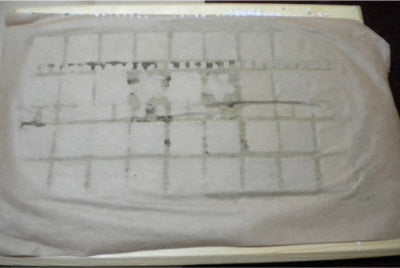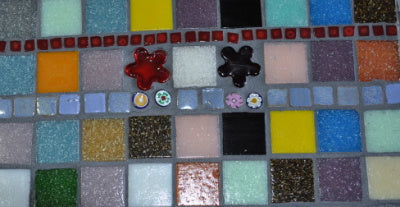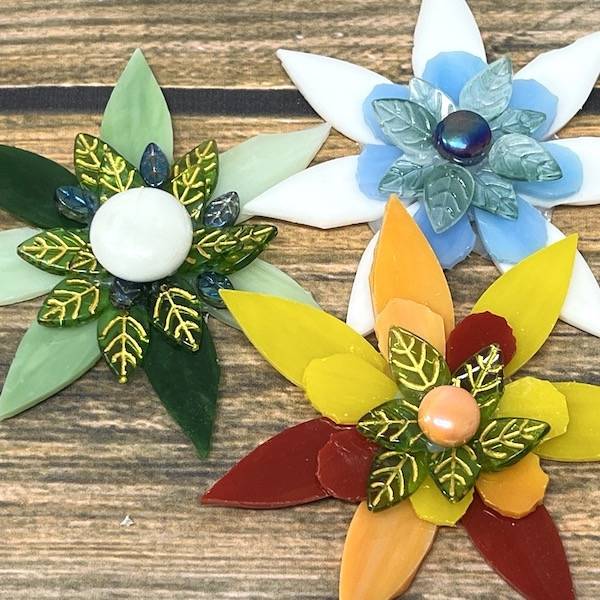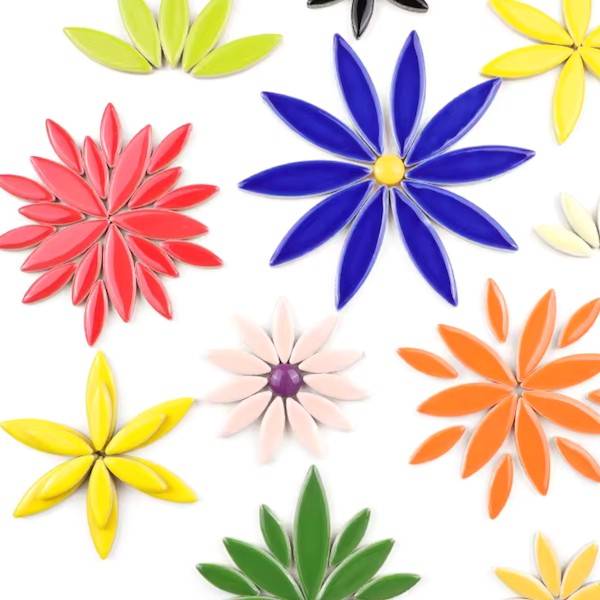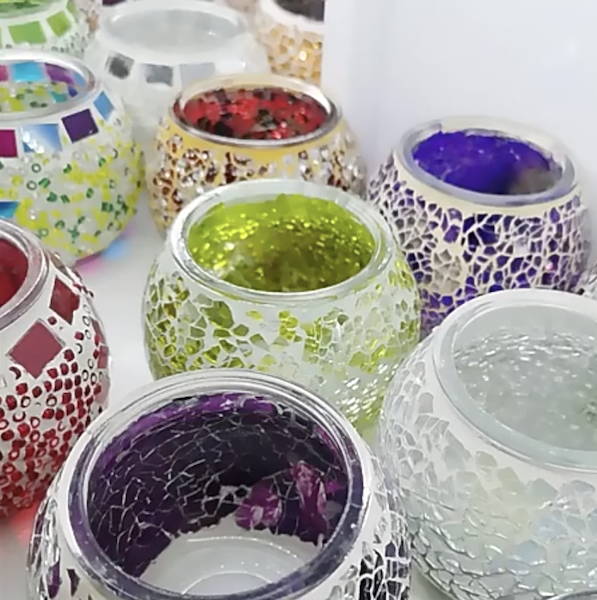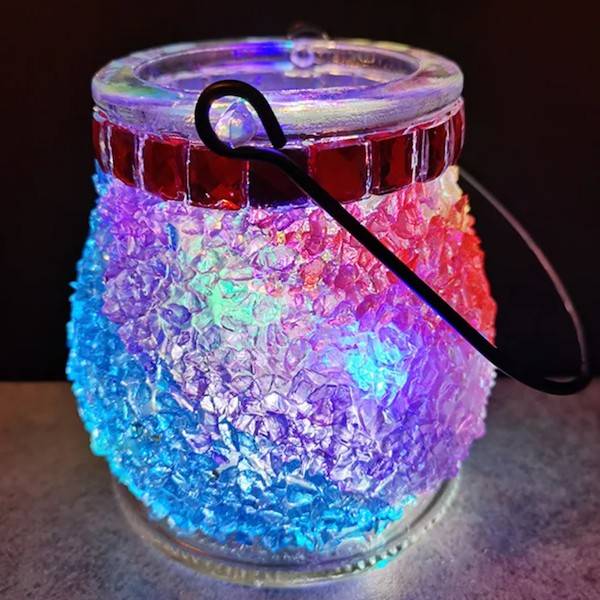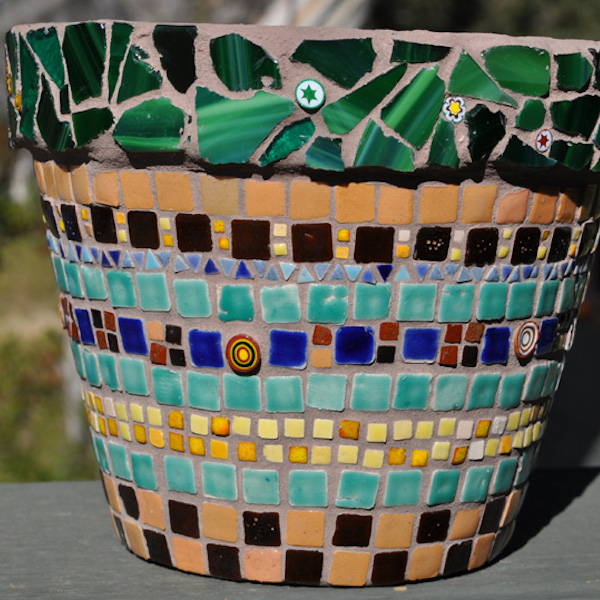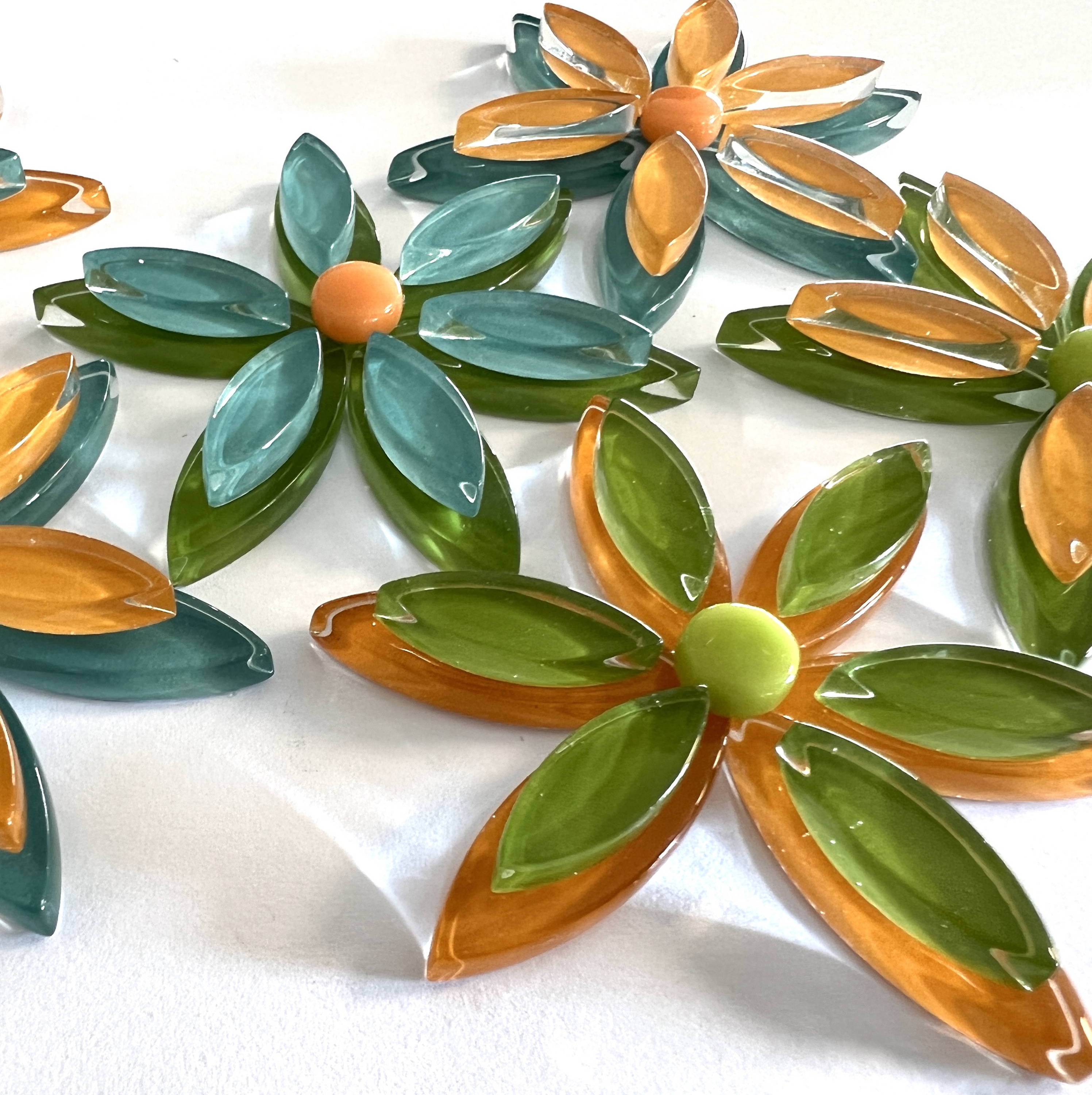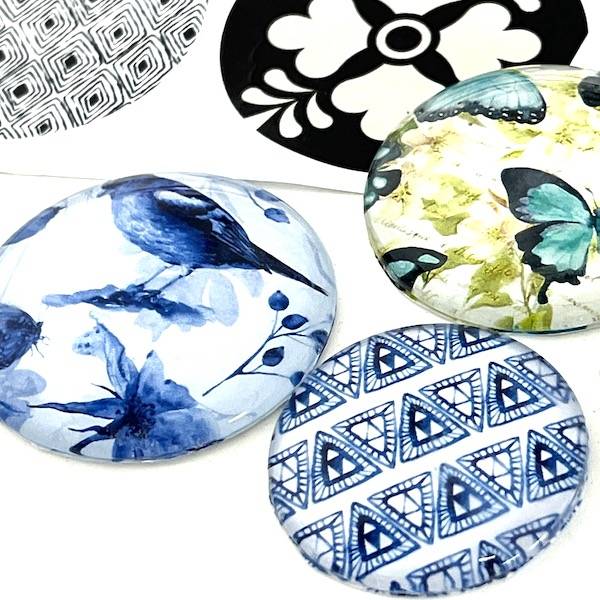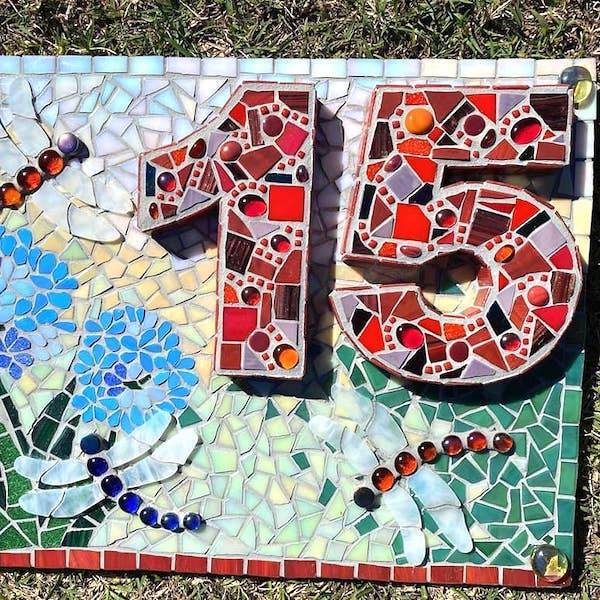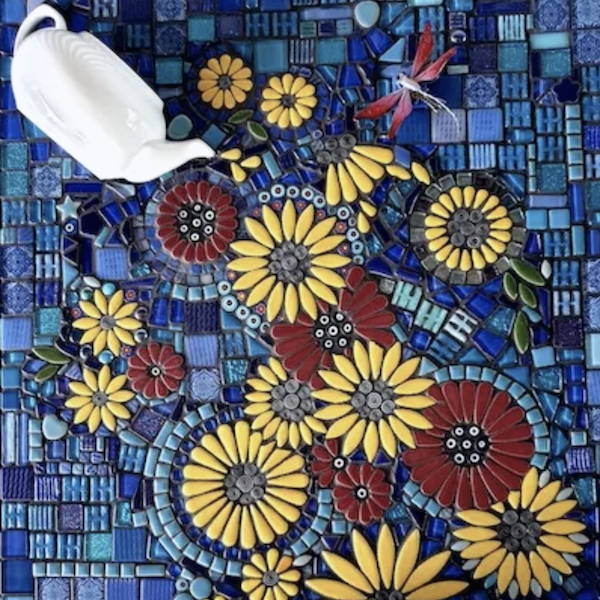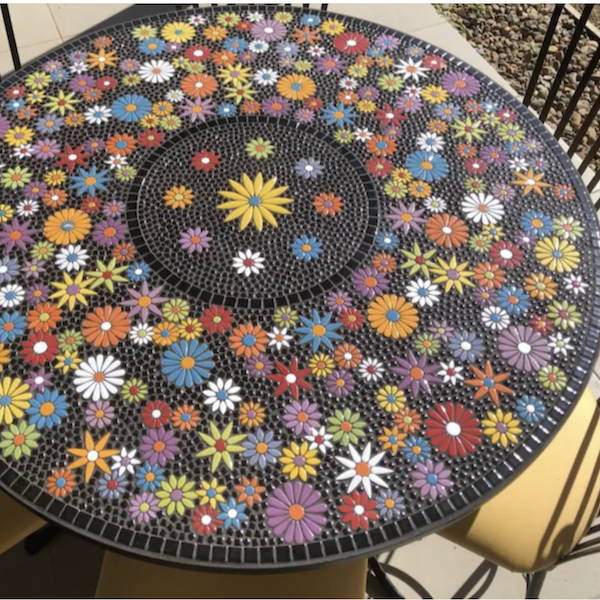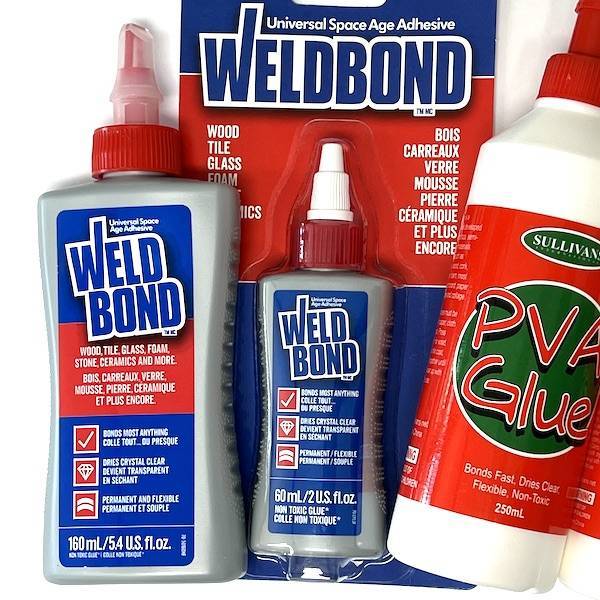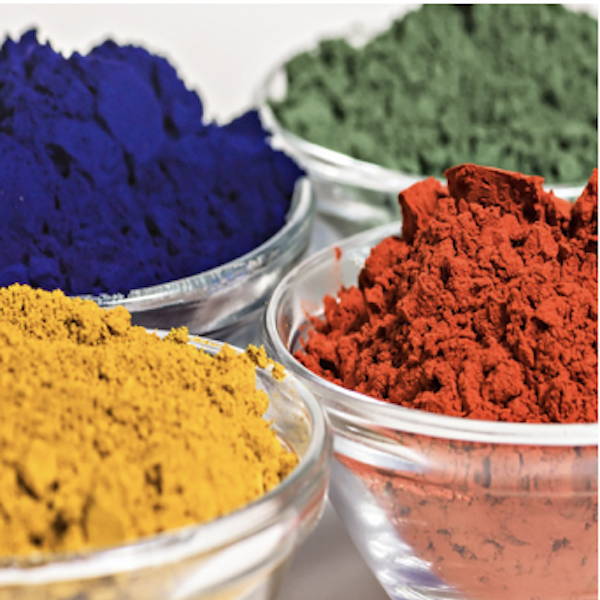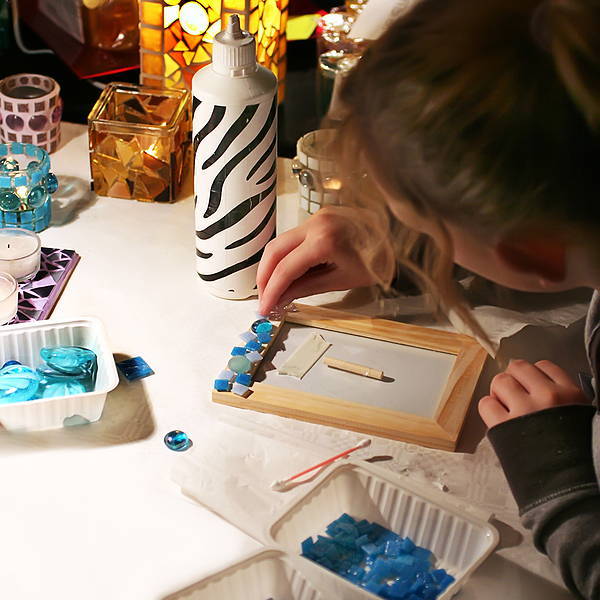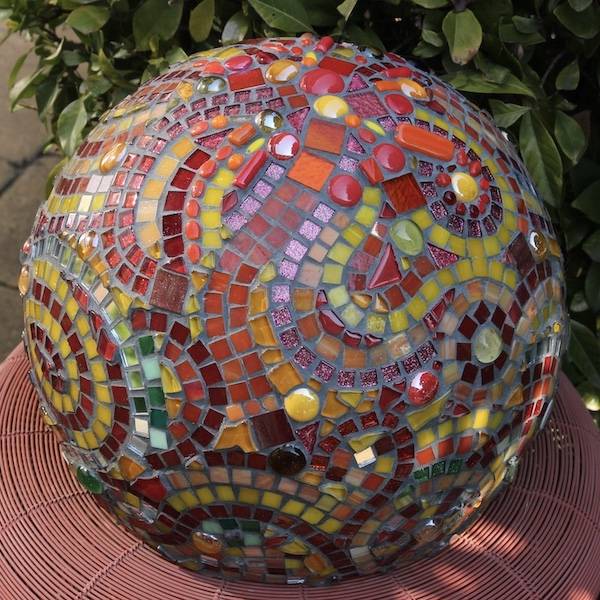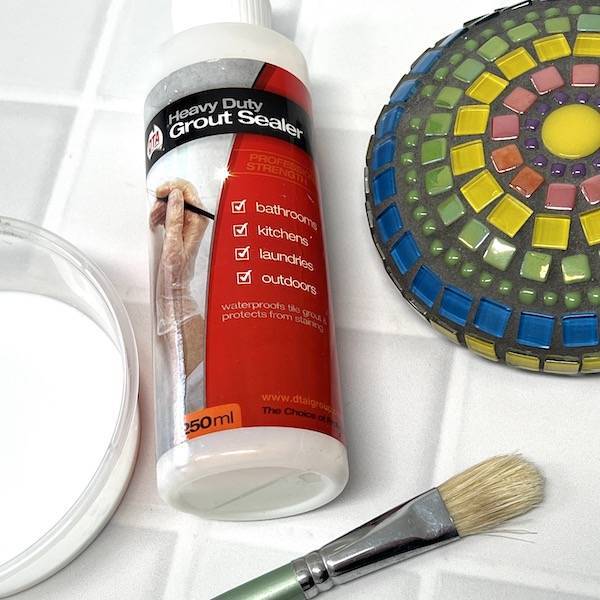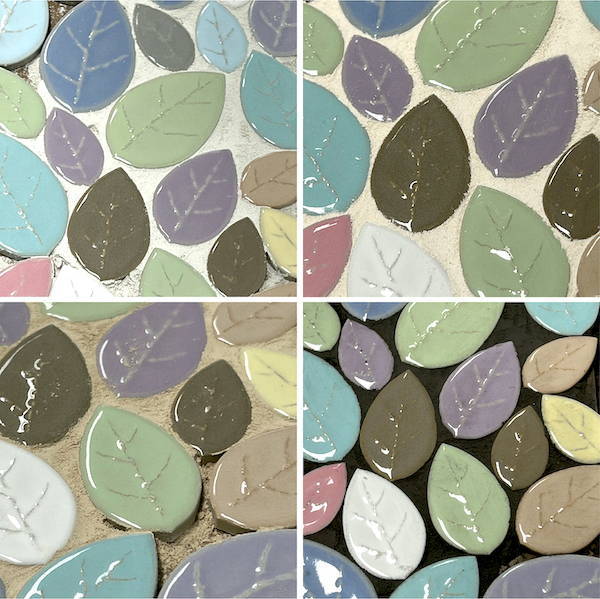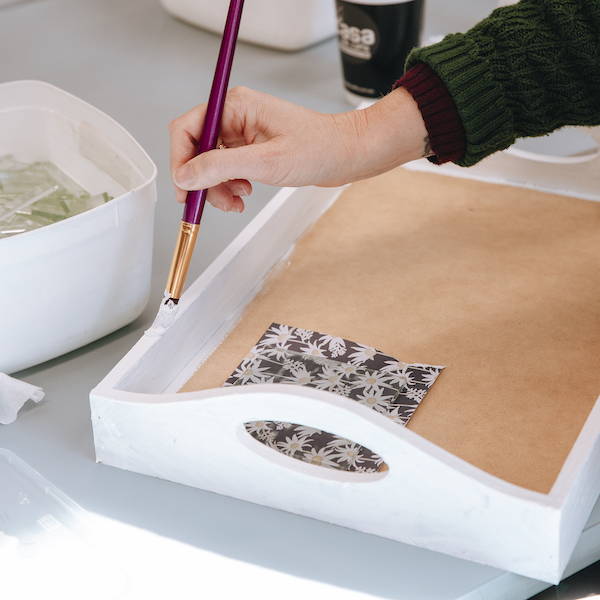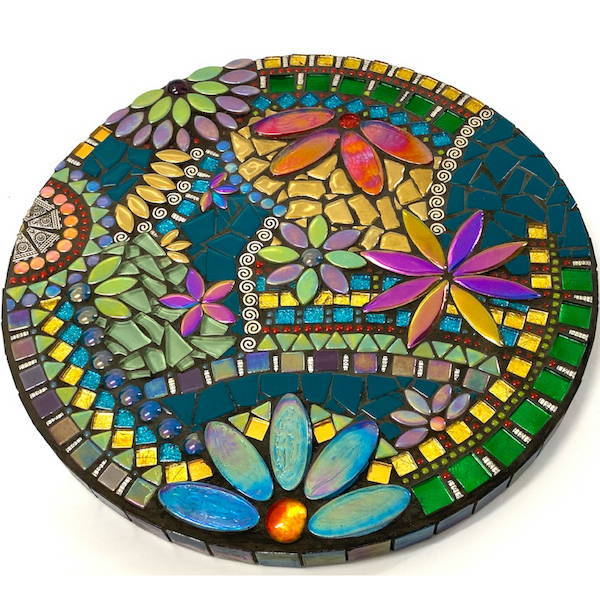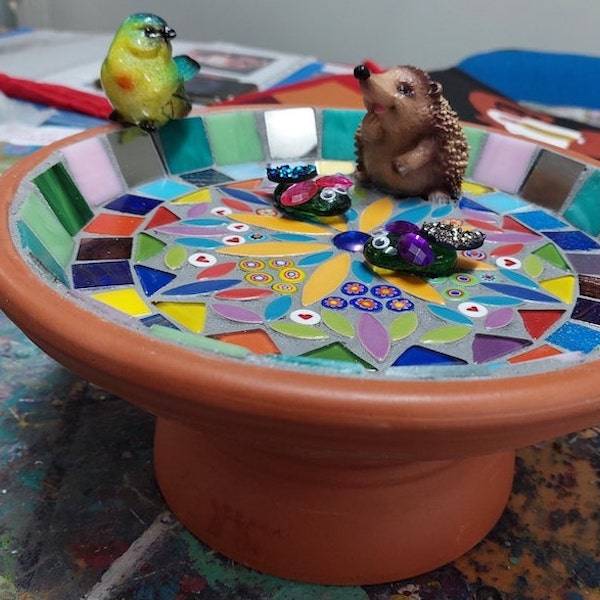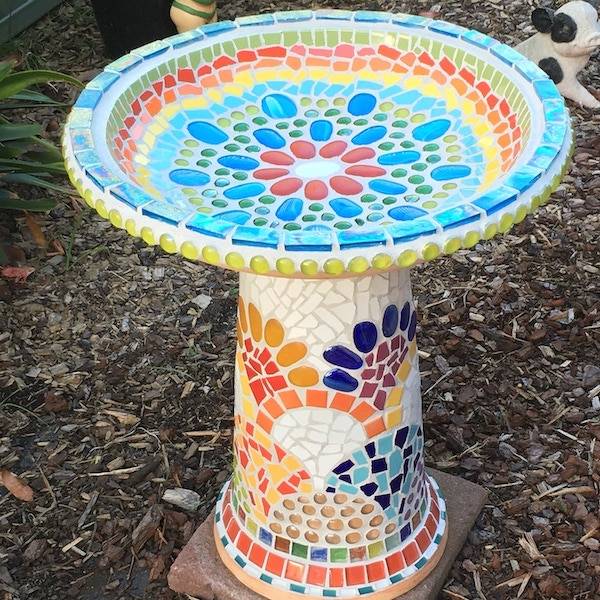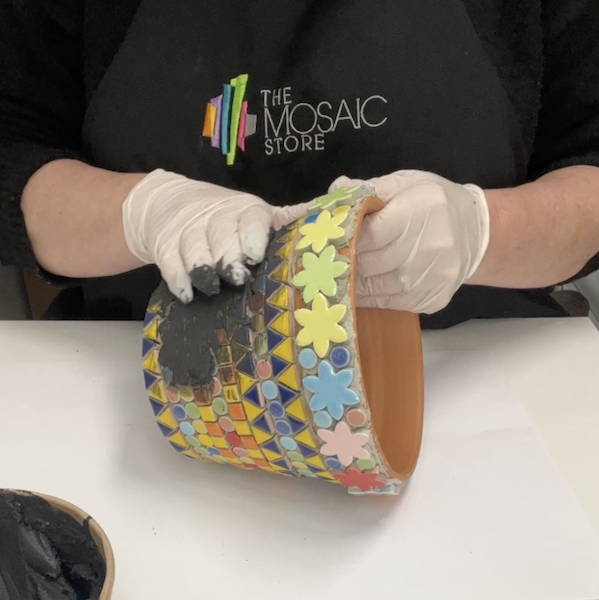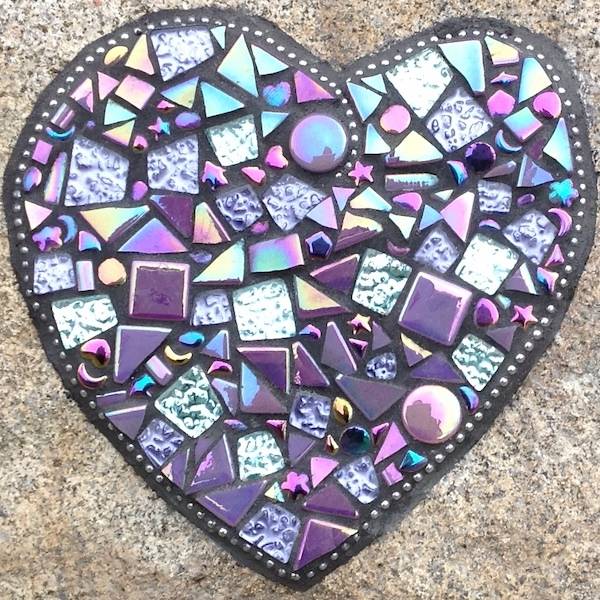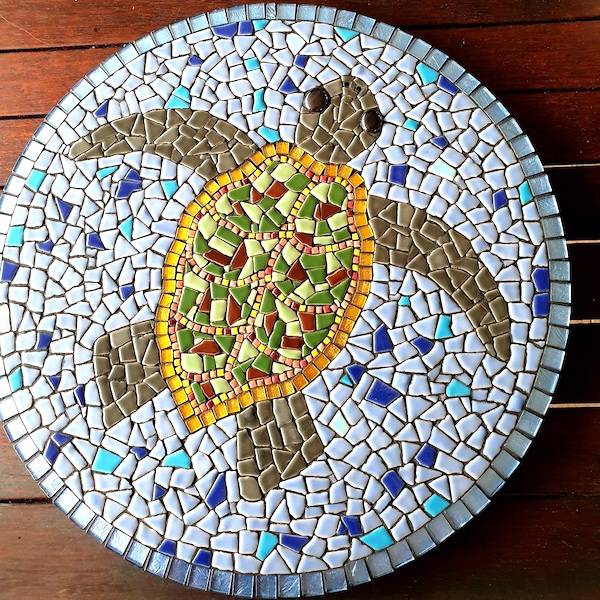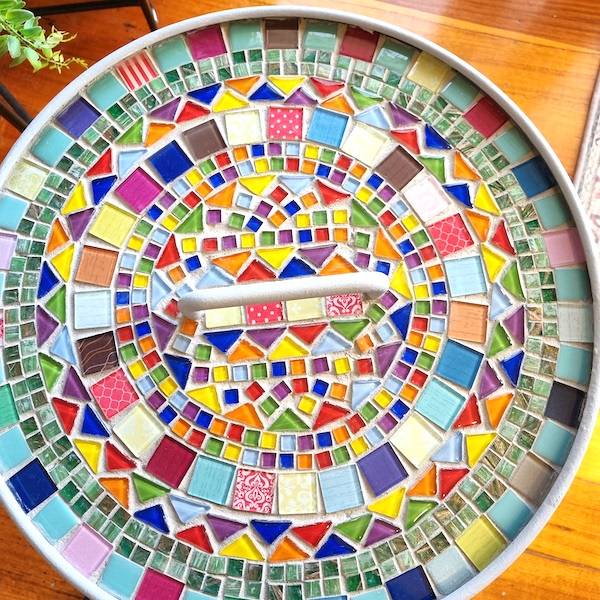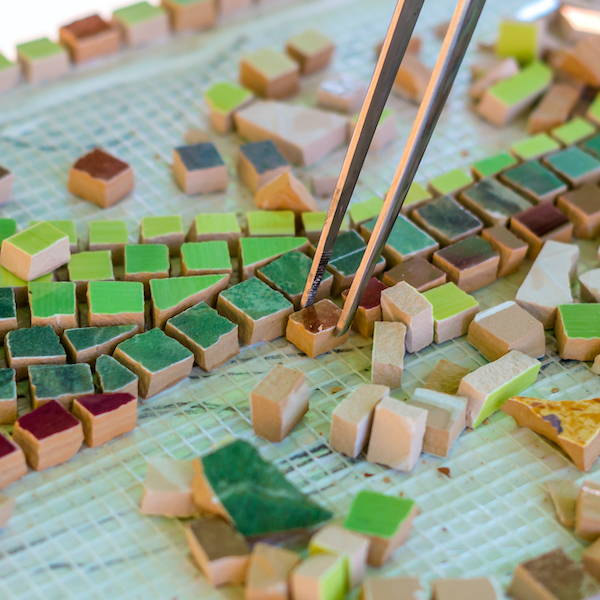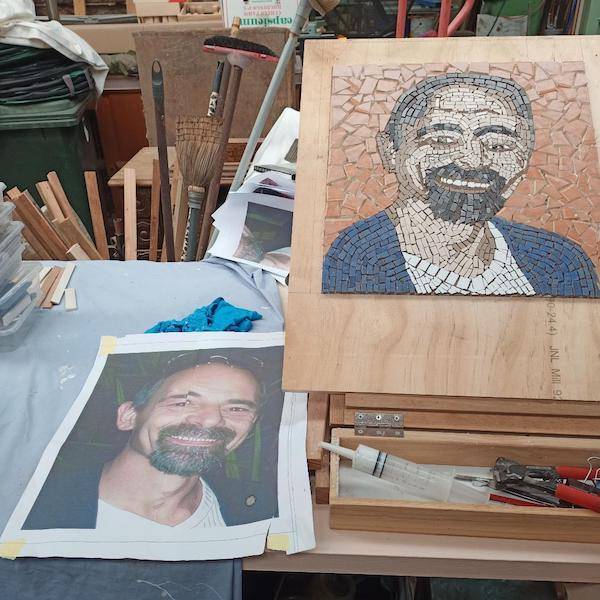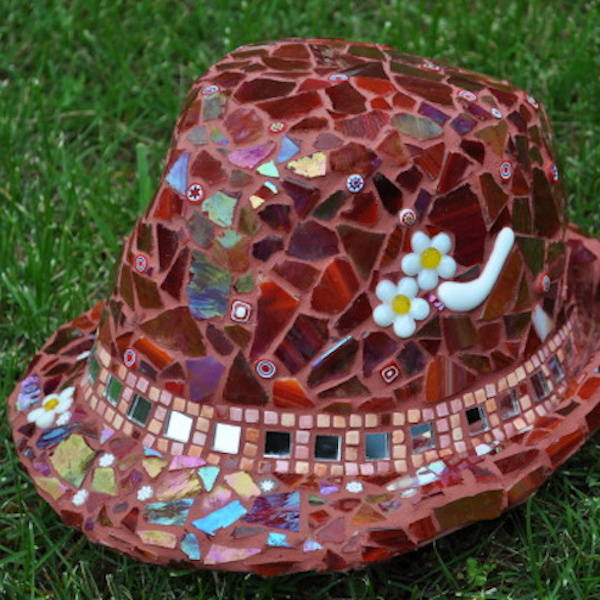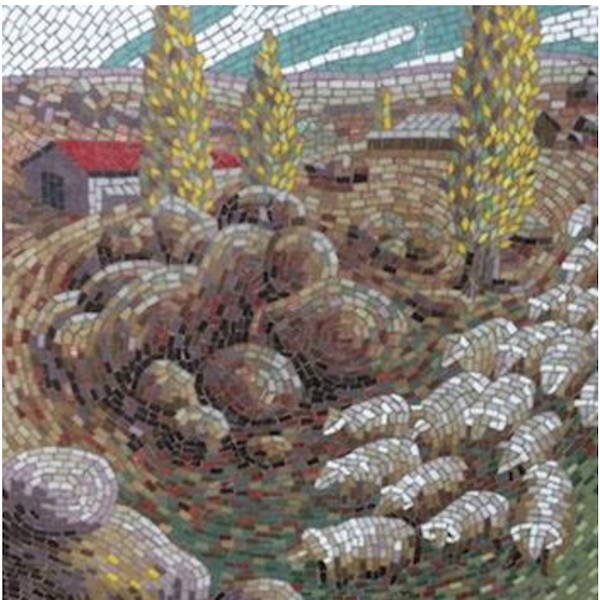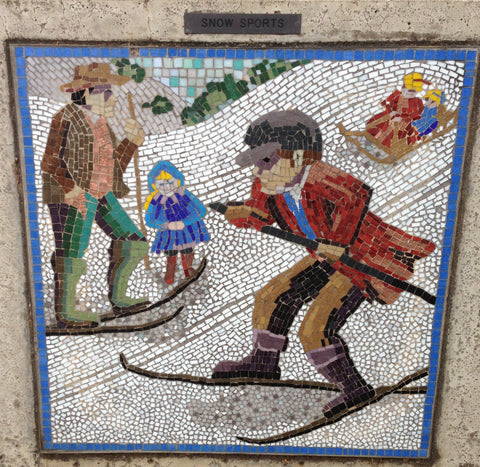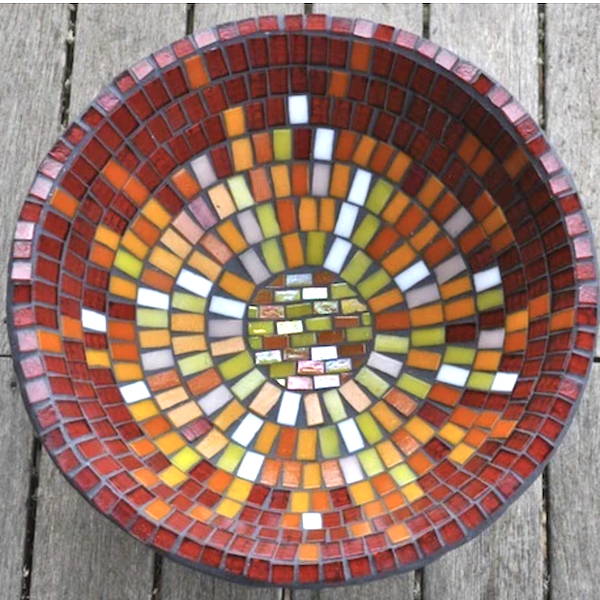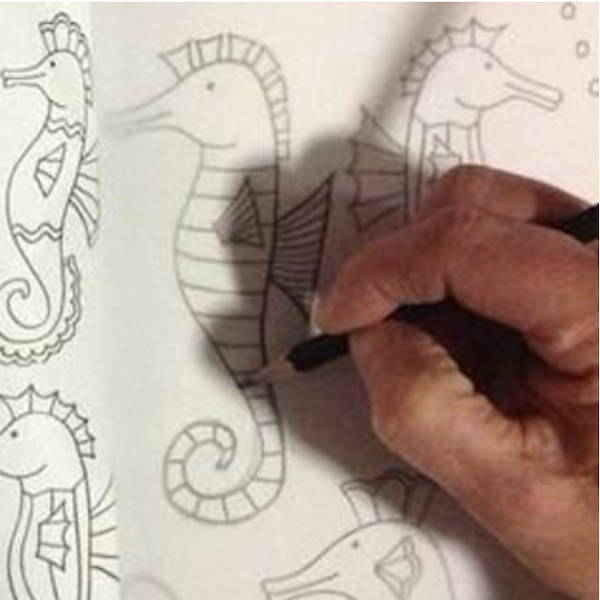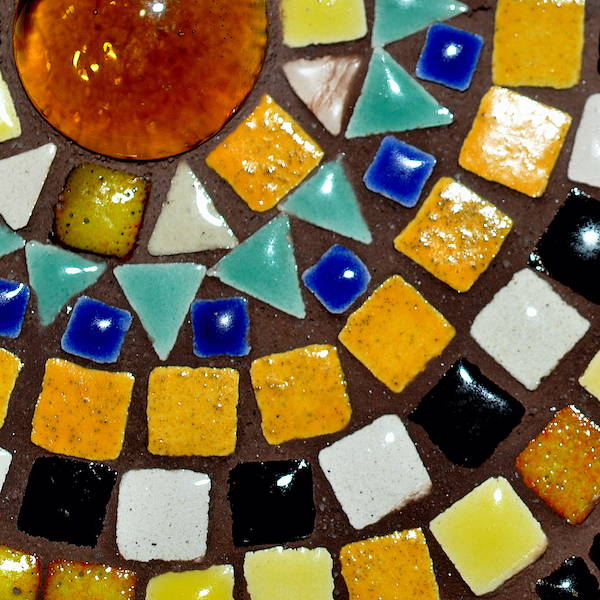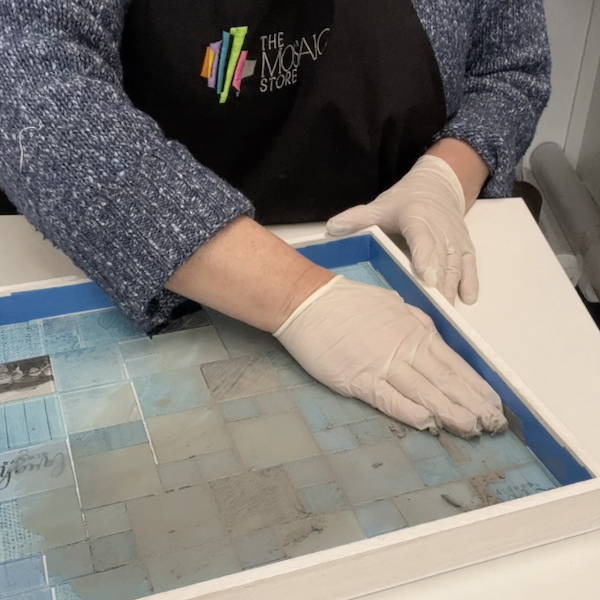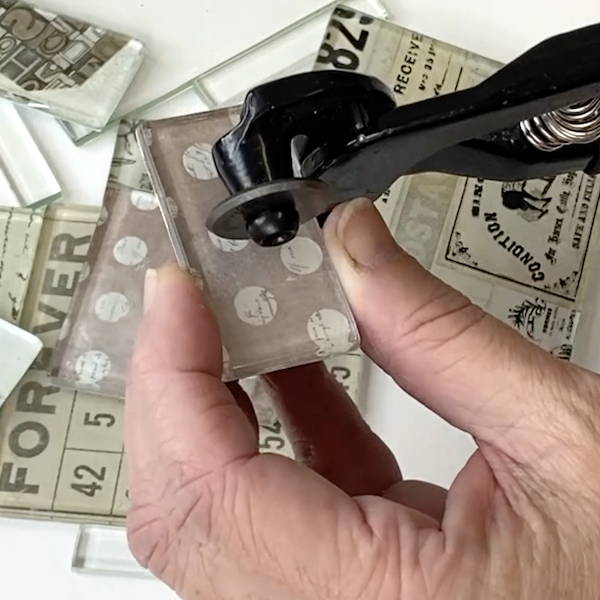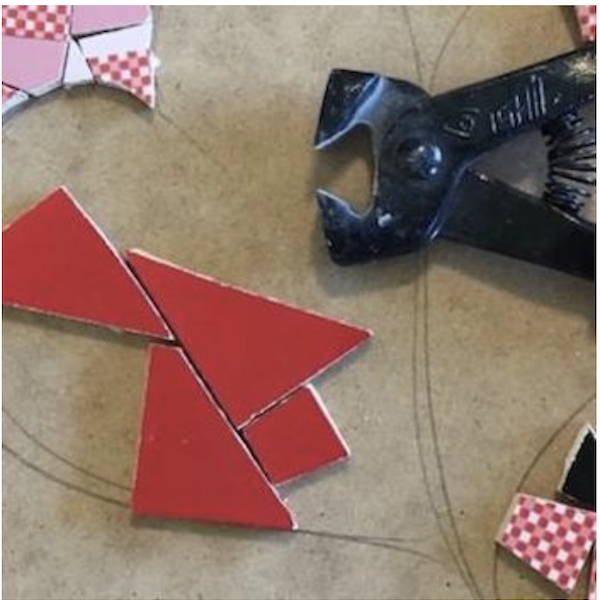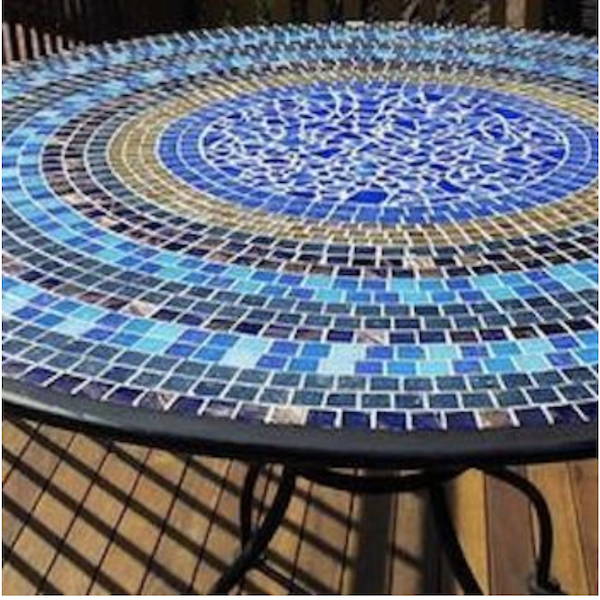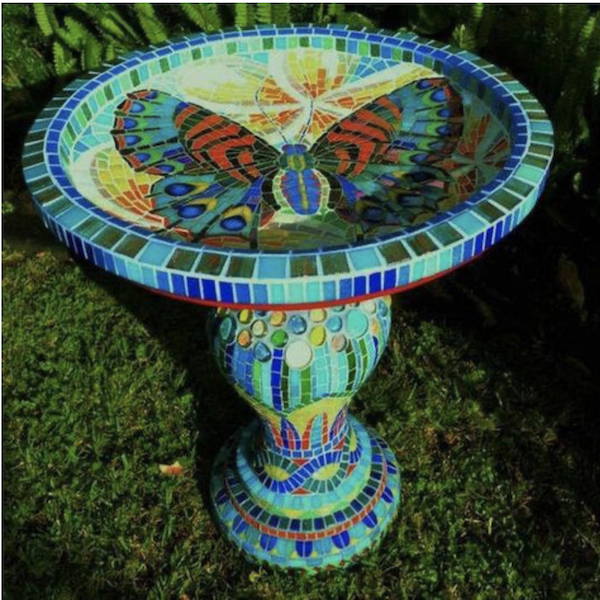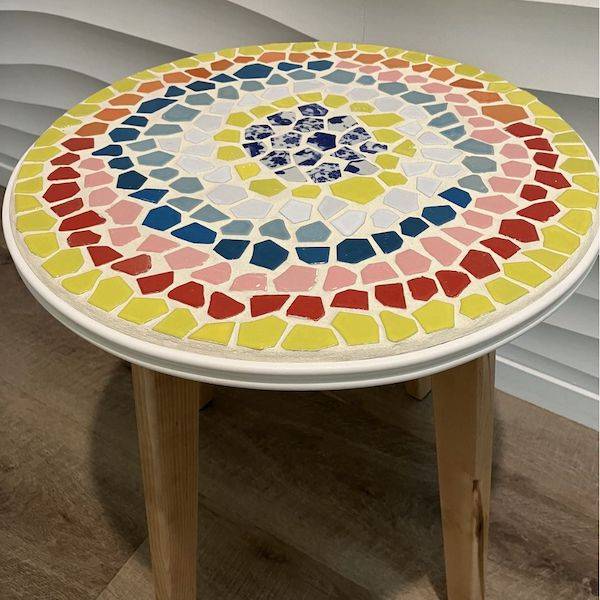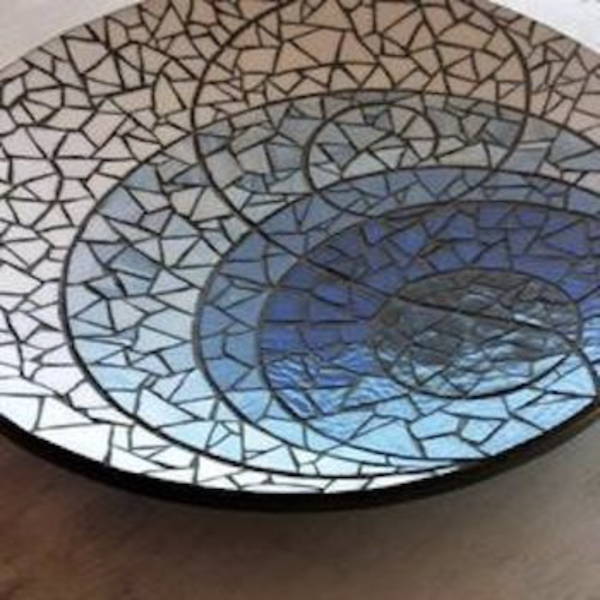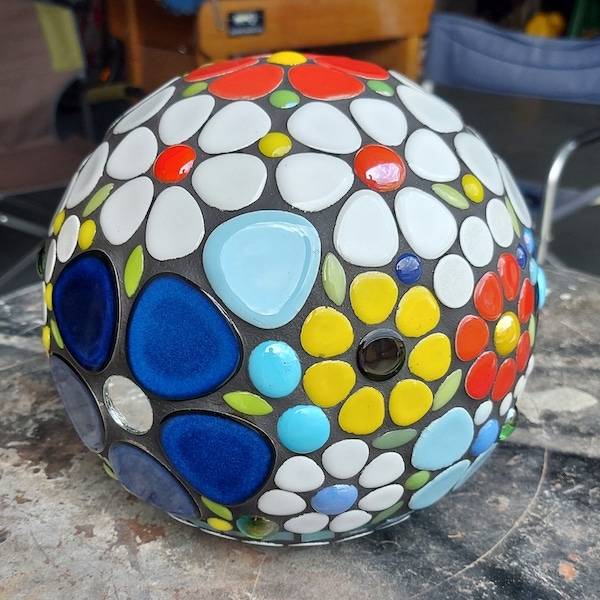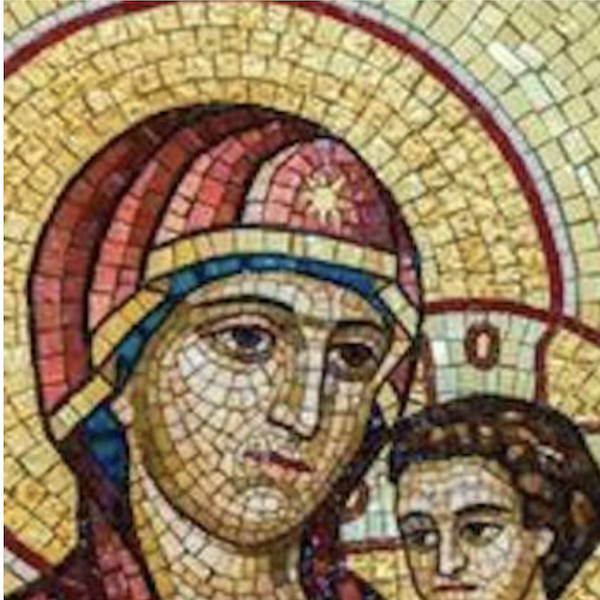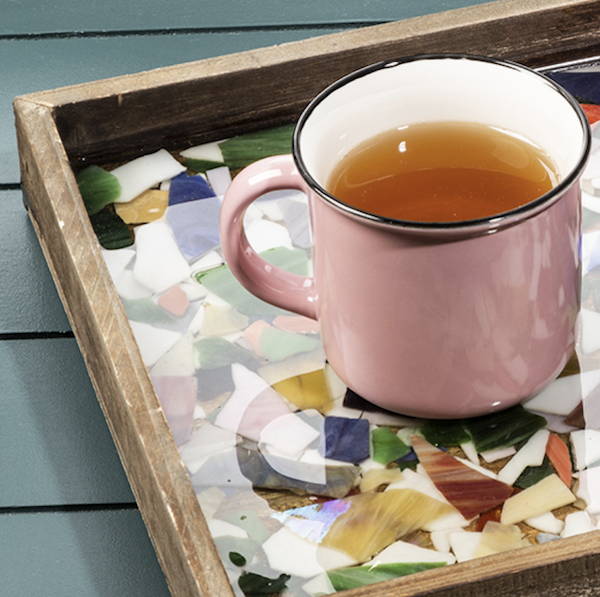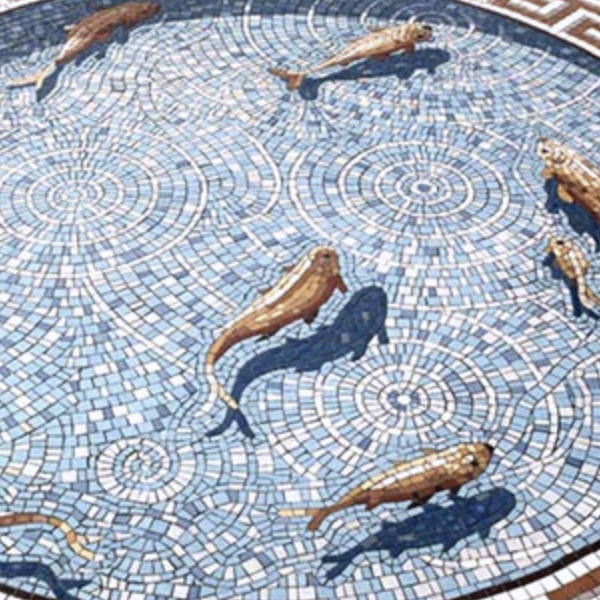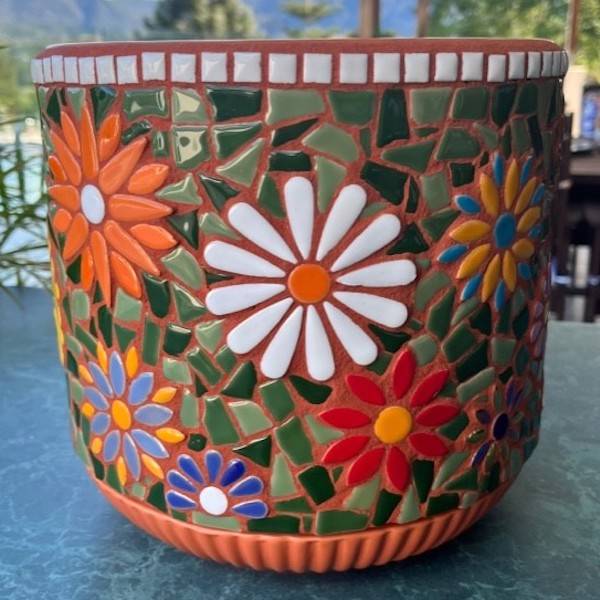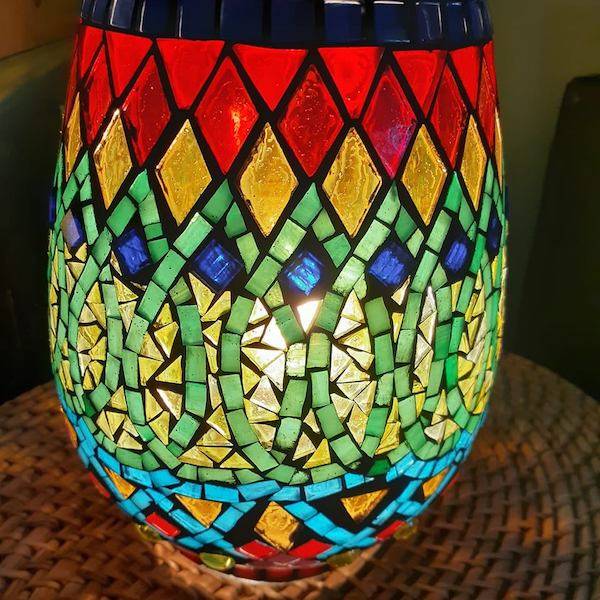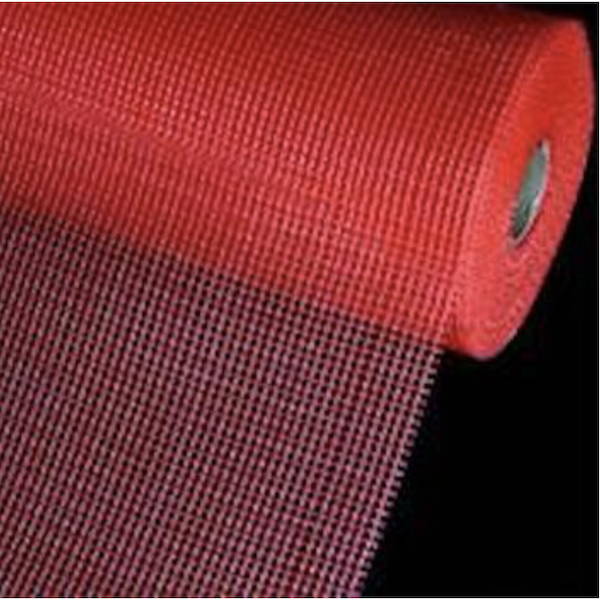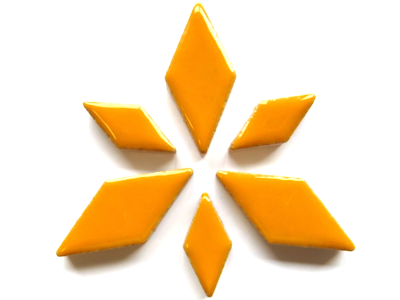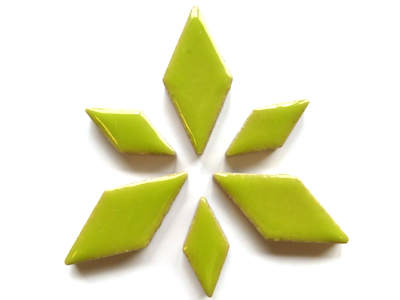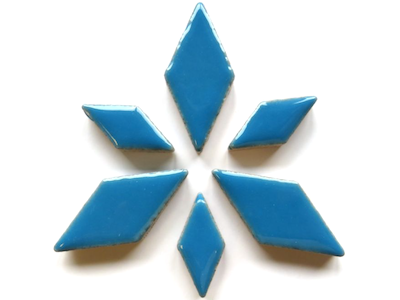There are two basic methods of mosaic work, the direct and indirect (or reverse) method. By far the most common and easiest method is the direct method. In choosing which method is appropriate for your project you need to assess the projects requirements and the advantages and disadvantages of both methods.
Direct Method
The Direct Method involves gluing the mosaic pieces directly onto the base.
Advantages
- This method is easiest for beginners because you are able to keep the top side of the mosaic in view
- The mosaic develops in front of you
- Useful method where a large number of colours are being used
- Suited to projects where a flat surface is not important, includes: pots, birdbaths, vases, bowls, small wall panels, plaques, photo frames, mirrors
- Can create a mosaic with different textures
- The mosaic can be grouted or left ungrouted
- Smooth surfaces can be achieved as long as the materials are of the same thickness and the adhesive is applied evenly
Disadvantages
- Difficult to achieve a flat surface using this method
- Not suited to mosaicing large areas of a wall or floor as it is slow and inefficient
- Not suitable for intricate designs where the adhesive you are applying to the surface may cover or partly obscure the design.
Indirect Method
With the Indirect Method the mosaic is created backwards like a mirror image. The method involves temporarily fixing the mosaic pieces to a removable backing which holds the design together. When completed the whole mosaic is transferred onto the base.
Advantages
- Ideal for intricate designs which, in the direct method, would be obscured by adhesive
- Used when a flat, smooth surface is required. Includes: table tops, stepping stones, floor surfaces
- Best for large mosaics made off-site. The design can be drawn onto paper and cut into segments before the mosaic is transferred onto site and re-assembled.
- Easier to start and stop work.
- Changes can be made before the design is completed.
- Because the mosaic is made face down, tesserae of varying thicknesses can be used and a flat surface can still be achieved.
Disadvantages
- A more complicated method of mosaicing than the direct method
- Difficult to keep track of coloured tiles (particularly ceramic tiles) as they are applied face down
- Surfaces with a tight curves and turns aren't suitable for the indirect method as it's not possible to properly place the tiles with the removable base attached.
Demonstrating the Indirect Method of Mosaics
In additional to demonstrating the indirect method I am also introducing the techniques of 'pre-grouting' and 'buttering the back of the mosaic' in this newsletter.
I have deliberately chosen tesserae of varying thickness to demonstrate how you can get a smooth surface by using this technique.
 1300 320 392
1300 320 392







